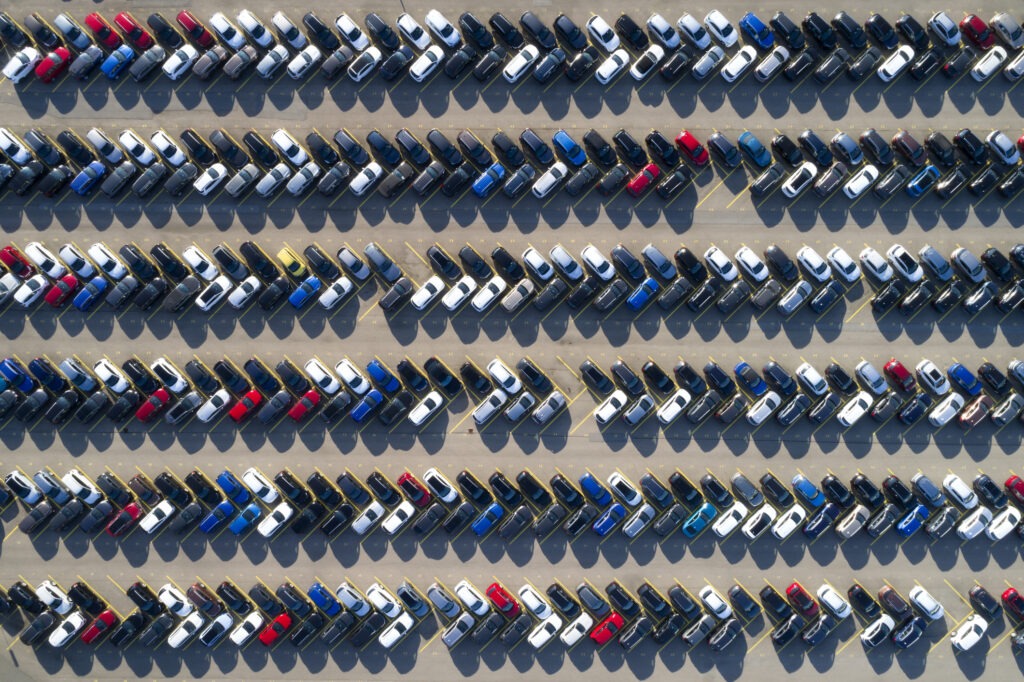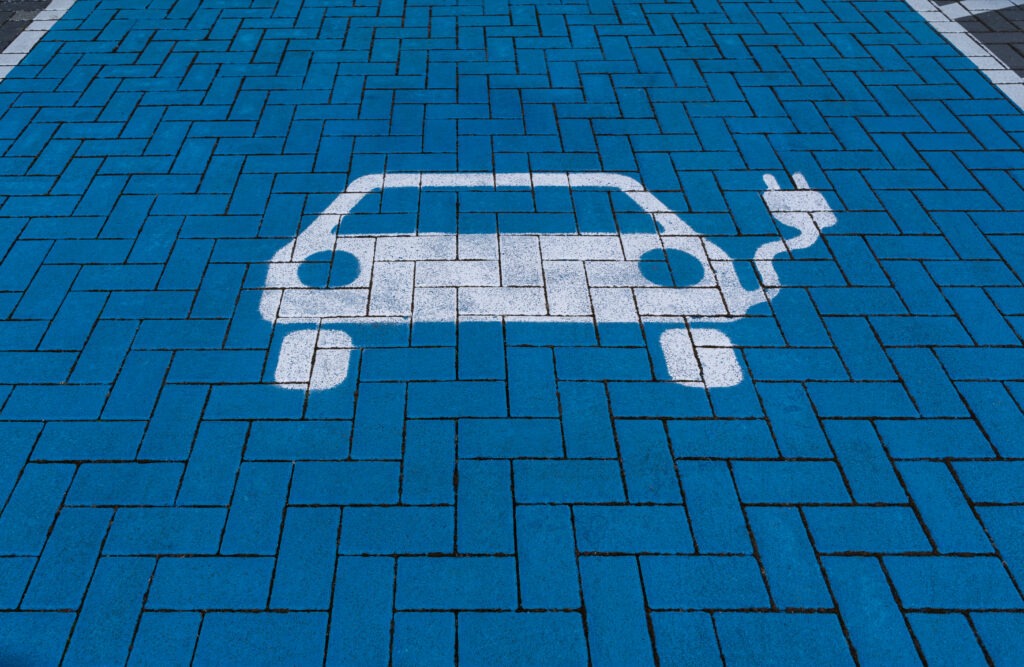Diverse automotive markets emerge in France, Italy and Spain
07 February 2024

Three of Europe’s biggest automotive markets saw new-car deliveries rise in January. However, the year did not begin so positively for all powertrains. Autovista24 special content editor, Phil Curry, unpicks the numbers.
France, Italy and Spain all recorded new-car registration rises in the first month of 2024. This continues the recovery from issues that brought about dramatic declines between 2020 and 2022.
Each market will enjoy some optimism in the coming months. However, a deeper look into the powertrain figures reveals differences between the three regions. There are several challenges ahead, especially for the battery-electric vehicle (BEV) sector. Incentive changes and diminishing popularity could potentially affect electric uptake.
However, the figures from the three markets suggest that 2024 will be another positive year, rather than one defined by declines. So, while registrations have not yet returned to pre-COVID-19 levels, numbers are continuing to climb.
Strong start for France
New-car registrations in France totalled 122,285 units in the first month of the year. This equates to a year-on-year increase of 9.2%, according to the latest data from the PFA. But despite this growth, the market remained down on 2019. Registrations were 21.1% lower than in the pre-pandemic period.
In a potential turning point, the dominance of pure internal-combustion engine models seems to be over, as the market diversifies. Registrations of petrol-powered cars declined by 3.7% in January, while diesel fell even further, its 9,623 registrations equating to a 23.3% drop.
This means that ICE vehicles took just 42% of the market in the first month of the year, down from 49.9% in January 2023. Mild hybrids (MHEVs), which are unable to travel on electric power alone, accounted for 10.4% of deliveries, with their figures up by 43% year on year.
Despite changes to the country’s incentive scheme for BEVs, with fewer models now eligible, France saw strong growth for the powertrain. A total of 20,017 new BEVs were delivered, up 36.6% year on year. So, all-electric models held 16.4% of the market, up from 13.1% a year earlier.
Plug-in hybrids (PHEVs) experienced a more modest improvement, as 10,545 registrations meant growth of 2.4%. Therefore, electric vehicles (EVs) accounted for 25% of all registrations in the country, up from 22.3% in January 2023. France’s full-hybrid (HEV) market saw strong growth, with figures up by 22.9% in the month, and accounting for 17.2% of overall sales, in contrast to a 15.3% share in January 2023.
Incentive impact impending
The changes to the French BEV incentive scheme are unlikely to have impacted registrations in January. The new list of vehicles was published in December 2023 and came into effect at the start of 2024.
The more restrictive list does not include some popular budget BEVs, such as the BYD Atto 3, the MG4 or the Dacia Spring. These models fall foul of the new eligibility criteria, which considers a vehicle’s entire carbon footprint.
Therefore, the country’s positive BEV registration results may be due to orders for these models being made shortly after the publication of the new list. The market could drop in the coming months as buyers looking for cheaper BEVs consider alternatives, including the used-car market.
However, the latest forecast from EV-volumes.com (part of Autovista Group), sees BEVs in France reaching a 21.8% market share in 2024, up from 16.8% last year. ICE cars, meanwhile, are expected to drop to 40.4% by the end of the year as their dominance disappears.
Italy’s EV struggles continue
Of the three markets, Italy recorded the largest number of registrations and growth. The country ended January with 141,885 deliveries, up by 10.6% year on year, according to figures from industry association ANFIA.
The Italian market was also the closest of the three to its 2019 figures, although it still ended the month down by 13.9% in comparison.
Italy’s market was driven by a combination of HEVs and MHEVs. Registrations were up 14.2% in January, with 53,827 units leaving dealerships. The technology held a 37.9% market share, making it the single most popular powertrain in the country.
Petrol registrations grew 26.7%, but their 43,335 units fell short of the HEV total, as did the 30.5% market share. Diesel deliveries dropped 8.7% to 21,914 units, with a 15.4% market share.
However, unlike France, Italy’s electric market experienced more of a rollercoaster ride. January continued this trend, with both BEV and PHEV registrations declining.
Just 2,961 all-electric models were registered, a drop of 11.1%. This is the lowest total since August 2022, and equates to a market share of 2.1%, down from the 2.6% recorded in the same period last year.
PHEVs did not fare any better. A total of 4,084 were registered, down 33.1% down on January 2023, giving the powertrain a share of 2.9%, down from 4.8% a year earlier. This means plug-in models saw registrations drop by a total of 25.3%, while their market share fell from 7.4% last year, to just 5% in January 2024.
Further funding needed
ANFIA stated that a new incentive plan had been presented to the Italian government. The body hopes this will help improve the fortunes of EVs, while also reducing the country’s emissions levels as older Euro-standard models are scrapped. ANFIA is calling for a quick decision so the market can benefit as soon as possible.
A new incentive scheme will need to bolster the country’s uptake of EVs. Italy lags behind the European average for both BEV and PHEV registrations, despite being one of the continent’s biggest markets.
Currently, EV-volumes forecasts the BEV market share in Italy will grow to 5.8% in 2024, up from its 4.2% hold in 2023. PHEVs, however, are projected to decline slightly, from 4.4% to 4.2%.
Cautious confidence in Spain
The Spanish automotive market grew by 7.3% in January, with 68,685 units delivered to customers, according to industry association ANFAC. While this indicates a continued recovery, the country’s numbers were 26.6% lower than those in January 2019.
The country saw mixed results across its powertrain types. The biggest development was a decline in overall ICE registrations. Combined petrol and diesel figures fell by 7.9% in the month, with roughly 24,000 petrol and 7,555 diesel units delivered, down 7.2% and 10.2% respectively.
This left petrol with a market share of 34.9% in January, down by 5.4 percentage points. Diesel’s hold of 11% is down 2.1 percentage points, indicating the market is shifting away from ICE influence, into a more diverse market.
Yet this diversification is driven by HEVs, the most popular powertrains in the first month of the year. A total of 26,451 units were registered, including MHEVs, giving the market a boost of 26.6% year on year. Therefore, HEVs held the highest market share in the month, with 38.5%.
Disappointing performance for EVs
While the Spanish EV market has not experienced the same disruption as in Italy, the country has struggled to tempt drivers to adopt both BEVs and PHEVs. In January, PHEV registrations grew by 11.3%, totalling 4,578 units.
Pure-electric deliveries improved by 10.3%, but this only equated to 3,375 units. These low numbers were reflected in the market shares, with both powertrains remaining stable, PHEVs holding 6.7% (up from 6.4%), and BEVs at 4.9% (up from 4.8%).
EV-volumes forecasts that BEVs will see improvements in registrations across the year, with a final projected market share of 8.2% in 2024, up 2.8 percentage points from the prior year. PHEVs, however, will stabilise, with a projected share of 6.7%. These results would see BEV registration totals overtake those of PHEVs for the first time since 2019.
Felix Garcia, director of communications and marketing, highlighted that due to logistics problems in November and December 2022, January was already above average due to the delivery delays.
‘We will see how February behaves, but, with this figure and, with all the precautions of it being January, we could be close to one million new passenger cars in 2024,’ Garcia said.
José López-Tafall, general director of ANFAC, addressed the disappointing EV numbers. ‘We are growing, but at a very slow pace that even places the electrified market share below the average of 12% with which we closed the year and far from the record of 15% of total sales last December.
‘This 2024 cannot be another exercise of intentions, it must be the definitive consolidation of electrification in our country. We are still far from the European average of, located at 22.3%, and the gap between those who are accelerating and those who are left behind is increasing,’ López-Tafall concluded.



